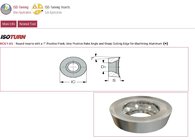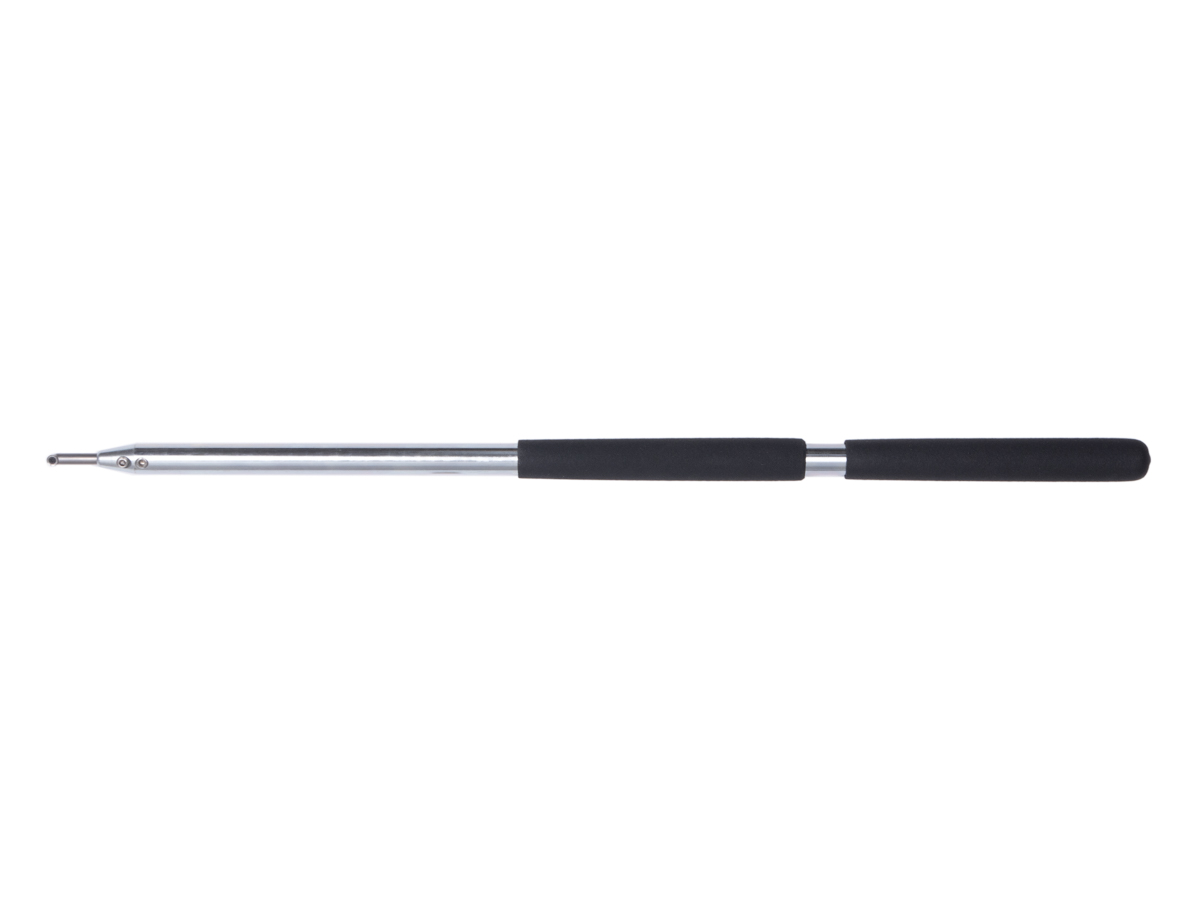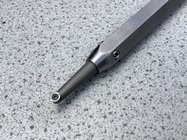Hmm... interesting analogy. Instead of comparing programming languages I might rewrite it to substitute carbide where you mention C++. And substitute HSS where you say VB.
I'm okay with the "carbide == C++" assertion, but only in that both are tools I have no interest in using again.
Last edited:




